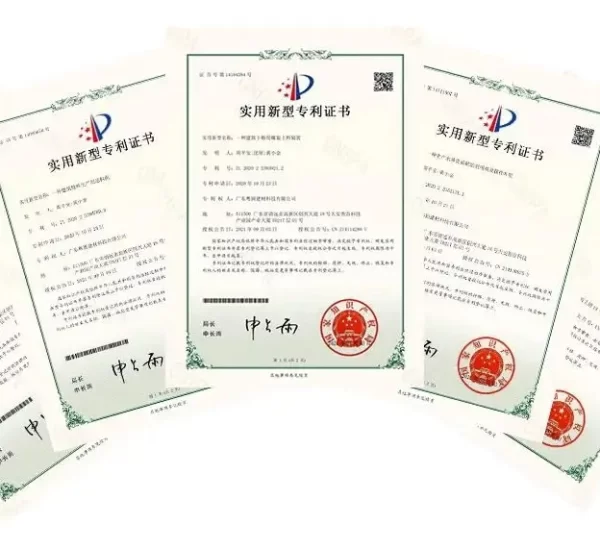Recently updated on January 25th, 2025 at 05:26 pm
The sales revenue of games in China represents nearly ¼ of the global game market – and seems, Chinese gamers are capable of more. It is easy and fun to play a game, but a lot of its success comes from Chinese game translation and localization.
If you’re wondering how to get a slice of the pie and start your Chinese game translation and localization strategy, this is the right place for you.
The following tips will definitely boost your game downloads in China.
About the Video Game Market in China
The video game market in China is the largest in the world; in fact, China generates more than one-fifth of all global gaming revenues.

Chinese play smartphone games an average of a half-hour a day or more. Because of this high volume of smartphone use and the solid cloud infrastructure in the country, the market is robust in China for tablet and smartphone games.
Top 7 Challenges for Chinese Game Translation and Localization
Foreign companies who hope to tap into the Chinese game market should not only translate their games but also localize them.
So, what are the differences between translation and localization?
Translation involves expressing the content in another language. Localization, however, goes further. Localization also ensures that images, and other aspects of the game are culturally appropriate and that the games are marketed in culturally appropriate ways.
Without an excellent Chinese game translation and localization strategy, foreign companies will have difficulty succeeding in the lucrative Chinese market.
Here’re a few typical challenges international gaming companies face while entering the Chinese market.
# Language Variations and Dialects
One major challenge is that Chinese has several variants for its written language and several hundred dialects for speaking. Dialects in China differ from those that people in many Western countries might expect.
For example, English has several dialects, but people who speak one dialect can understand those who speak different ones. In China, however, the dialects can be very different from each other, and speech can sometimes be unintelligible to someone who speaks a different dialect.
# Chinese Culture
As always, adapting the content to the local culture is vital to successfully localizing a game. Game localization for the Chinese market also involves cultural sensitivity. Successful games weave in Chinese stories, myths, or poetry.
It’s suggested to work with native Chinese copywriting service providers who understand the gaming industry to make the game’s elements, including storyline, game roles, conversations, icons, music, and style, cater to the target audience.
# Government Regulations
To be introduced in China, games also must be acceptable to the Chinese government. Those that government censors view as detrimental to China’s politics, military, or image are banned.
Designers must avoid images of blood and guts, drugs, sexual themes, or gambling.
# Fonts and Typesetting
The main issue when implementing a Chinese game translation and localization strategy is to deal with the font. Chinese is a concise language, so the translated text often contains fewer characters than the original text. However, the characters are more complex, so you should use larger font size to ensure legibility. This means the content will take up more vertical space and potentially shift the layout of the interface.
# Payment Methods
If you want to drive conversions, you need to make it easy for customers to pay you. Mobile payments such as AliPay and Wechat Pay are often used in China. Chinese gamers also are used to scanning QR code and paying rather than typing in credit card numbers.
💡 Adding a QR code payment, then, will be important to a game being easily accepted in China.
# Agile Adaptation
A quick turnaround time on many mobile games means that game developers have to fight for more of the market share, so being willing to adapt to the fast pace of the market is key.
This is especially important for the Chinese mobile game market: agile responses to the quick-to-market games and a willingness to implement features and strategies for monetization and user retention can help your game succeed.
# UI
When undergoing Chinese game translation and localization, many games struggle to adapt their user interfaces (UIs). Most Chinese gamers prefer more colorful and denser UIs than their Western counterparts. Also, you may need to adjust the color palette, icon design, buttons, and more to suit the audience’s preferences.
Conclusion: Chinese game translation and localization is a specialty that requires a passion for gaming, excellent native linguistic skills, cultural sensitivity, and a flawless representation of key gaming ideas. It’s vital to engage a professional native Chinese translator to make the game more culturally and politically appropriate.
Frequently Asked Questions
What does a Chinese game translation and localization expert do?
A Chinese game translation and localization expert translates and localizes a game’s story, characters, dialogues, marketing materials, web content, packaging text, etc. from Chinese to English or other languages.
What’s video game localization?
Video game localization is the process of adapting your gaming content according to the cultural, regional, and linguistic intricacies of your targeted market.
Why should you localize your game?
Localizing your game into the native language of your target market helps build credibility, improve rankings, drive downloads, and increase sales.

Digital Entrepreneur and Co-Founder of Chinese Copywriter
Having lived and worked in Europe for 6 years, Ting returned to her hometown Guangzhou with the mission to help international businesses succeed in the Chinese market. With 15 years of marketing / web design background, Ting has proven records of digital marketing successes in China. Ting has been featured on diverse mainstream medias in China, including Southern TV, Sina News, Toutiao News, GRT News, etc.



